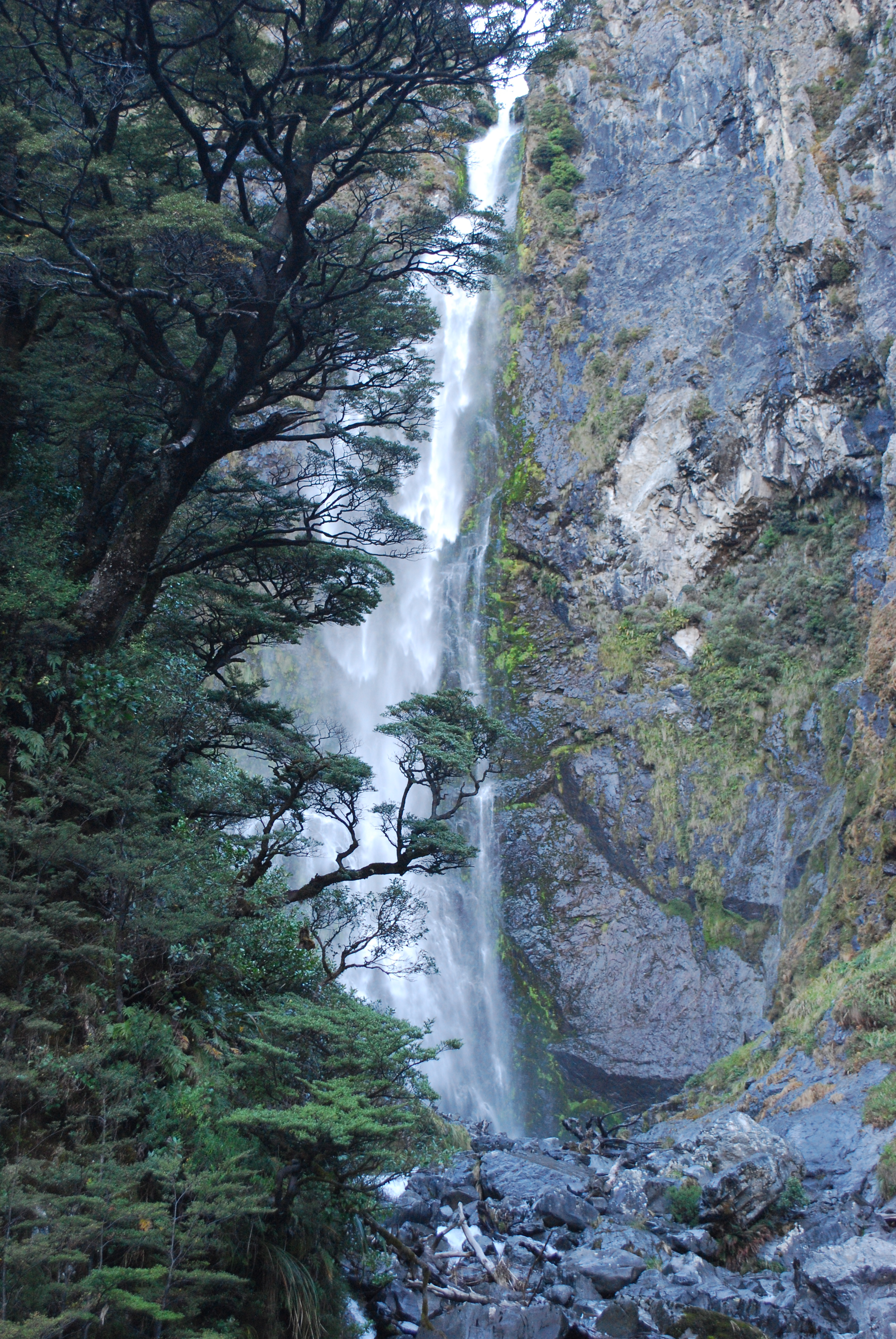NZILA President Brad Coombs: 2020 In Review

As we look back on 2020, it’s obvious that it was a tough year for most communities around the world. Even while we felt pretty insulated in Aotearoa from the worst that the COVID-19 pandemic brought to parts of the world, we have all been affected by interruptions to supply chains, limited ability to travel both internationally and domestically, and through the more direct impacts on our travel and tourism industries. For some businesses within these more affected industries, the impact has been devastating.
Through all of this disruption, we are fortunate as a design profession to be able to largely work on, from remote workstations or laptops, using new and existing tools to communicate and collaborate with our colleagues, project partners, and our clients. We are well placed to lead and contribute to design conversations from a distance. Many of us have significantly improved our communication skills over the last 12 months or so.
During those times when we were all forced to stay at home, or at least stay a lot closer to home, during the various forms of ‘lock-downs’ that are now common throughout the world, one particular privilege has become a lifeline for many – access to nature in the areas that we live and work. Many people are unable to access the national parks and scenic reserves where our largest vestiges of nature are found. The provision of pockets and sequences of nature within our communities is increasingly important for supporting our physical and mental wellbeing.
Being able to access nature and to have the space to be away from other people has been particularly important as we find our way through an international pandemic. Many of the leafy suburbs in our communities provide direct access to parks, walkways, coastal edges, streams, rivers, pockets of indigenous bush, and other forms of nature, that give us a chance to escape from urban life. But not all suburbs are made equal. Many lower socio-economic communities do not have access to the same natural ‘assets’ and so the opportunities to access and interact with nature are more limited.
The protection and inclusion of nature in our communities will become increasingly important to our work as we become more urbanised and many cities aim to increase the density of our urban and suburban communities – particularly if 2020 is an indication of what we may need to adapt to in the future.

